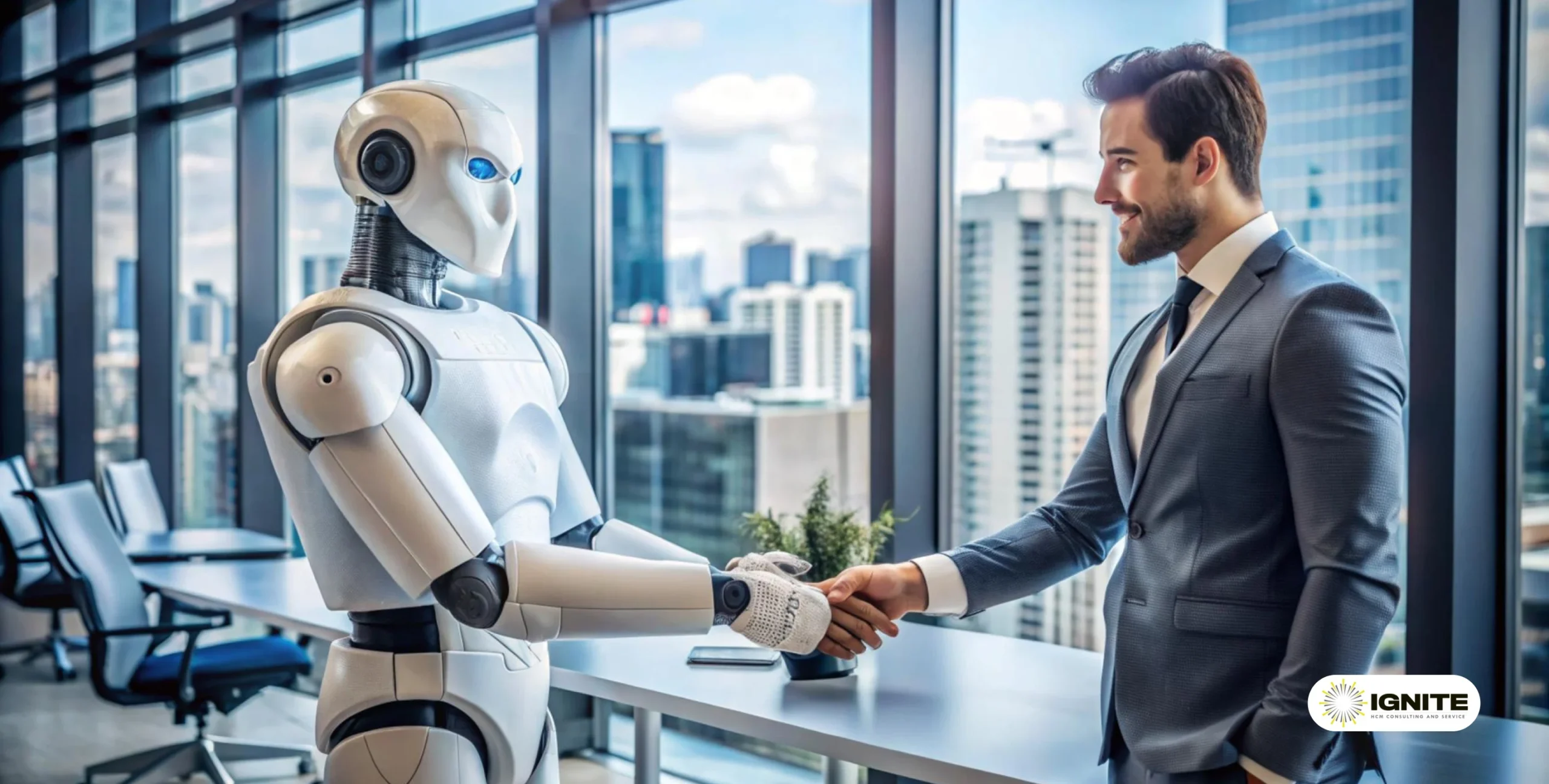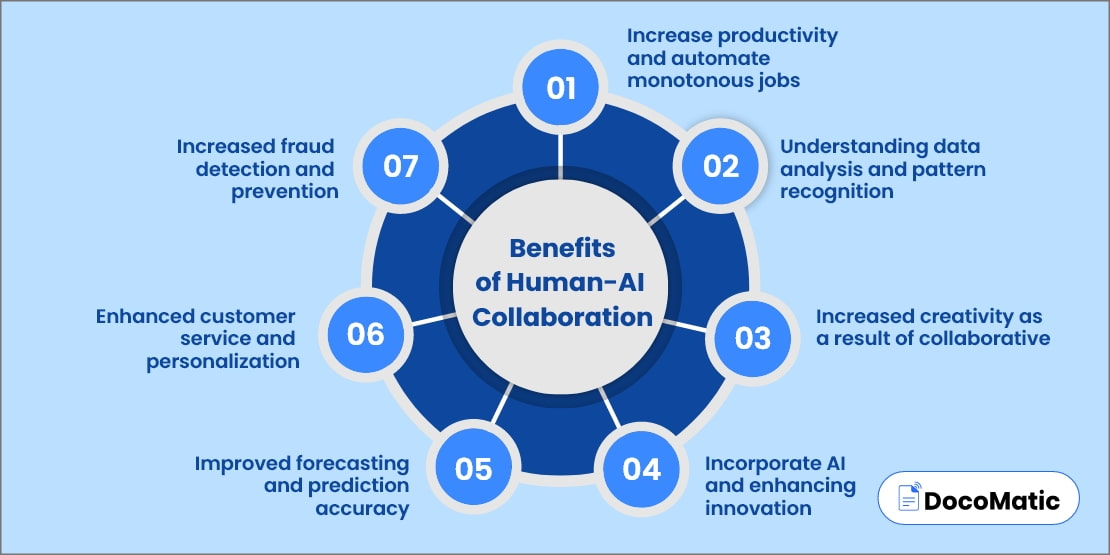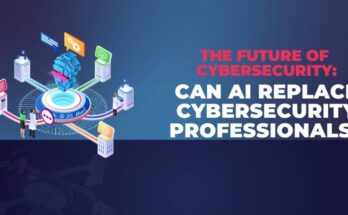In today’s hyperconnected world, cyber risk isn’t just an IT issue—it’s a business survival issue. As cyberattacks grow more sophisticated and frequent, organizations are turning to artificial intelligence (AI) to strengthen their defenses. But while AI offers speed, scale, and pattern recognition beyond human capacity, it’s not a silver bullet.
The truth is, the future of cyber defense doesn’t belong to AI alone—it belongs to a collaborative partnership between humans and machines.
In this post, we’ll explore how human expertise and AI technologies can work together to manage cyber risk more effectively than either could alone.
Understanding the Evolving Threat Landscape
Modern cyber threats are complex, adaptive, and fast-moving:
- Ransomware attacks now cost businesses billions annually
- Phishing tactics are more convincing, even bypassing basic email filters
- Zero-day exploits can target even the most “secure” systems
- Insider threats and human error remain major security gaps
Traditional rule-based systems and manual monitoring are no longer enough. That’s where AI-powered cybersecurity tools come in—but they still need human insight to be effective.
What AI Brings to the Table
AI in cybersecurity isn’t about replacing analysts—it’s about augmenting their capabilities.
Here’s what AI excels at:
1. Speed and Scale
AI can scan vast amounts of data in real time—far more than any human team. It flags anomalies in seconds, not hours.
2. Pattern Recognition
Machine learning algorithms can detect subtle changes in user behavior, system logs, and network traffic that signal emerging threats.
3. Automation of Repetitive Tasks
AI handles routine actions like sorting alerts, blocking known malware, or triaging low-level incidents—freeing up human analysts for strategic work.
4. Predictive Insights
AI systems can forecast potential threats by analyzing past incidents and attack vectors, offering a proactive defense posture.
What Humans Still Do Better
While AI is powerful, it lacks the judgment, creativity, and context-awareness that humans bring to the table.
Humans excel at:
1. Interpreting Ambiguity
A security alert doesn’t always mean there’s an attack. Human analysts can assess intent, relevance, and impact.
2. Strategic Thinking
Only humans can align cybersecurity with broader business goals and risk tolerance.
3. Ethical Decision-Making
AI can detect anomalies, but should it act? Decisions about user privacy, legal compliance, and business disruption still require human oversight.
4. Incident Response and Communication
Crisis management, cross-team coordination, and stakeholder communication are inherently human roles, especially during live incidents.
Why Partnership Works Best
Cybersecurity is no longer just a toolset—it’s an ecosystem, and human-AI collaboration sits at its core.
Imagine a cybersecurity workflow like this:
- AI detects a spike in outbound traffic from a user device
- It flags the anomaly and temporarily isolates the device
- A human analyst reviews the context—was it a legitimate upload or malicious exfiltration?
- Based on that decision, the system either restores normal access or escalates the issue
- The AI then learns from this response to improve future accuracy
This feedback loop is where the real power lies: humans training AI and AI enhancing human efficiency.
Real-World Use Cases of Human-AI Collaboration
1. Security Operations Centers (SOCs)
AI-powered tools now sort through thousands of alerts daily, allowing SOC analysts to focus on high-priority threats.
2. Fraud Detection in Financial Services
Banks use AI to monitor transaction behavior, but human investigators validate fraud before taking action on customer accounts.
3. Healthcare Cybersecurity
AI helps hospitals detect unusual access to patient records. Human compliance officers investigate to ensure privacy laws like HIPAA are upheld.
4. Supply Chain Monitoring
AI identifies vulnerabilities in third-party vendor systems. Humans determine which risks warrant contract changes or deeper assessments.
Challenges of the Human-AI Dynamic: Despite its potential, the partnership isn’t seamless. Key challenges include:
- Trust in AI decisions: Overreliance on automation without understanding the “why” can lead to blind spots
- Bias in algorithms: AI can learn from biased data and make flawed decisions without human correction
- Skill gaps: Cybersecurity professionals must understand how to interpret AI outputs—requiring new kinds of training
- Overwhelming complexity: Without proper integration, AI tools can flood teams with too much data and too many dashboards
 How to Build an Effective Human-AI Cybersecurity Model
How to Build an Effective Human-AI Cybersecurity Model
To get the most out of this partnership, organizations should:
- Invest in AI-augmented tools, not AI-only tools
- Provide cross-training for cybersecurity teams on data science and AI fundamentals
- Establish clear roles between human oversight and machine automation
- Continuously monitor AI performance and improve it with human feedback
- Promote collaboration between IT, security, and business leadership to align security with broader goals
The rise of AI in cybersecurity isn’t a takeover—it’s a teaming up. Human insight and ethical reasoning combined with machine intelligence and speed form a powerful, resilient defense against evolving cyber threats.
In an age where digital risk is business risk, embracing the human-AI partnership isn’t optional—it’s essential.

